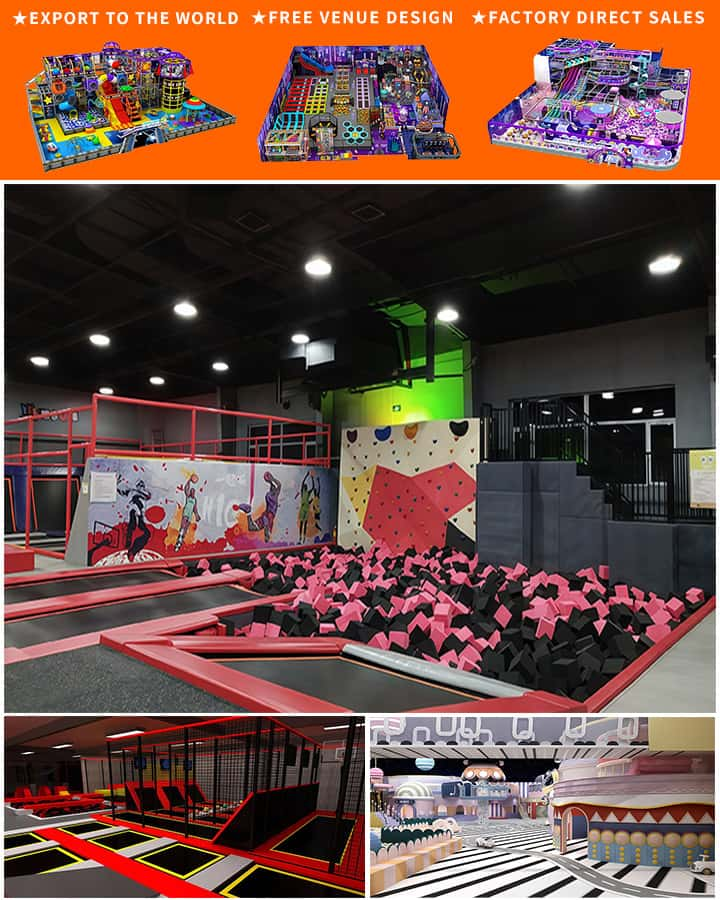Amusement parks are magical places filled with laughter, thrill, and unforgettable experiences. Central to these wonderlands are the rides and attractions that captivate visitors of all ages. Behind every exhilarating roller coaster or whimsical carousel lies intricate design and engineering—often captured in DWG (Drawing) files. These digital blueprints are essential tools for designing and constructing amusement park equipment, ensuring safety, functionality, and excitement.
The Role of DWG Files in Amusement Park Design
Precision and Accuracy: DWG files are created using Computer-Aided Design (CAD) software, enabling designers to draft precise and accurate plans. This level of detail is crucial when building complex structures like roller coasters, Ferris wheels, and log flumes. Each component, from tracks to safety harnesses, must be meticulously planned to ensure both performance and safety.
Efficiency in Design: Using DWG files allows designers to make quick modifications and iterations. Instead of starting from scratch each time a change is needed, adjustments can be made directly on the digital blueprint. This efficiency not only saves time but also reduces costs associated with redesigning physical models or prototypes.
 Collaboration Across Teams:
Amusement park projects often involve multidisciplinary teams including architects, engineers, and safety inspectors. DWG files facilitate seamless collaboration as team members can easily share and review designs. Everyone involved can provide input, suggest improvements, and ensure the final product meets all regulatory and safety standards.
Collaboration Across Teams:
Amusement park projects often involve multidisciplinary teams including architects, engineers, and safety inspectors. DWG files facilitate seamless collaboration as team members can easily share and review designs. Everyone involved can provide input, suggest improvements, and ensure the final product meets all regulatory and safety standards.
Key Elements in Amusement Park Equipment DWG Files
Structural Integrity: Designs must account for various stresses such as wind load, vibration, and weight distribution. DWG files include detailed specifications for materials like steel and fiberglass, ensuring the structure’s longevity and durability. Simulations can be run to predict how the ride will perform under different conditions, allowing for preemptive adjustments.
Safety Features: Safety is paramount in amusement park design. DWG files incorporate features like emergency brakes, harness systems, and secure railings. These elements are meticulously designed to prevent accidents and ensure that riders are protected at all times.
Aesthetics and Theming: Beyond functionality, DWG files also capture the creative aspects of amusement park rides. Designers work to ensure that each attraction fits within the overall theme of the park, incorporating colors, shapes, and decorative elements that enhance the visitor experience. Whether it’s a pirate-themed shipwreck ride or a futuristic space simulator, aesthetics play a significant role in engaging visitors.
The Future of Amusement Park Design with DWG Files
As technology continues to evolve, so too does the potential for amusement park design. Advancements in 3D建模, virtual reality, and augmented reality are opening new possibilities for creating immersive experiences. DWG files remain a cornerstone of this progress, providing a foundation upon which innovative ideas can be built.
Moreover, sustainable design practices are increasingly important. Using DWG files, designers can explore eco-friendly materials and energy-efficient systems, contributing to more sustainable amusement parks.
Conclusion
The use of DWG files in amusement park equipment design is integral to the creation of safe, efficient, and thrilling attractions. From initial concept to final construction, these digital blueprints enable precision, collaboration, and creativity. As technology advances, DWG files will continue to play a vital role in pushing the boundaries of what amusement parks can offer, ensuring that the magic and excitement endure for generations to come.




